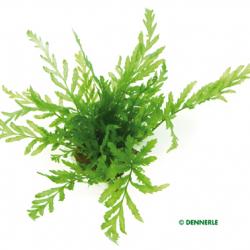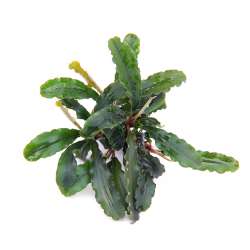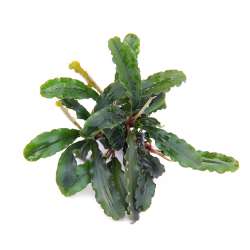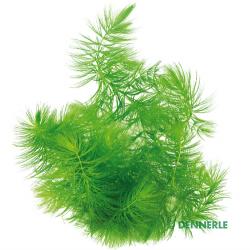
Coco Cave with Anubias nana
 Lighting
Lighting
 Color
Color
 Position
Position
 Temperature
Temperature
 CO2
CO2
 Growth
Growth
Family:
Species:
Type:


















